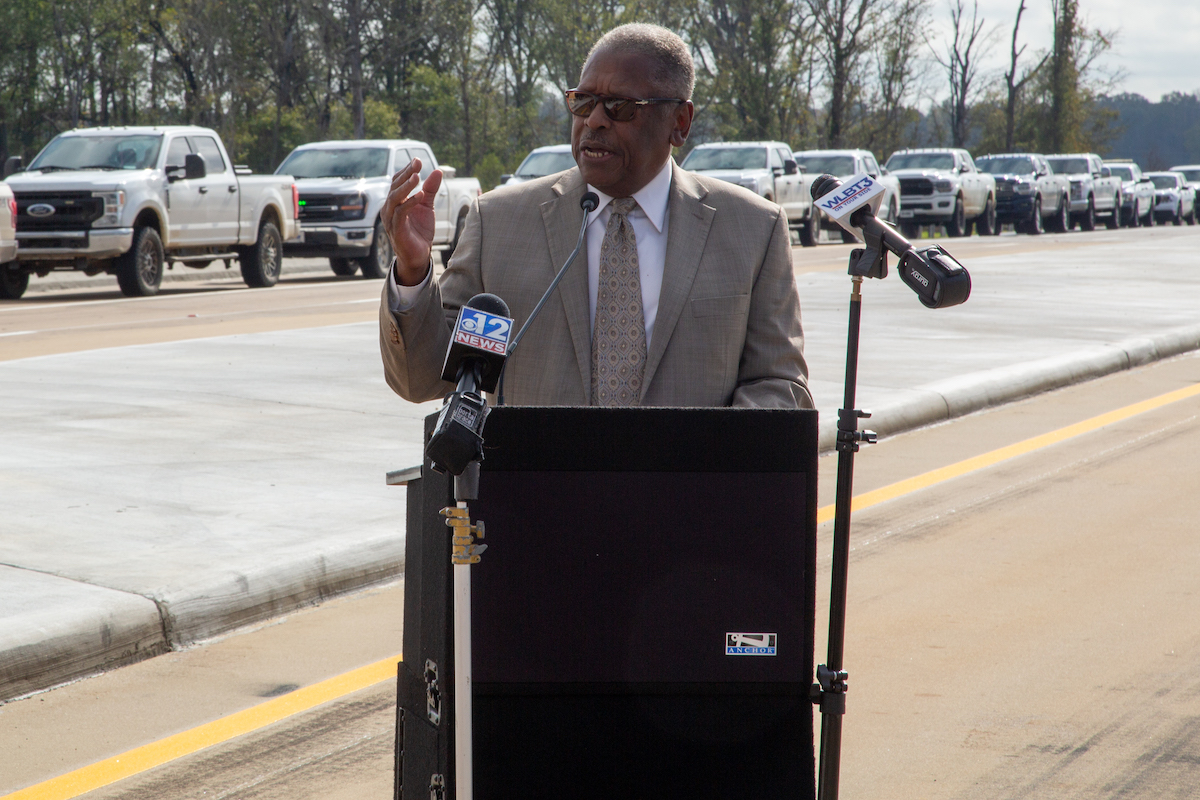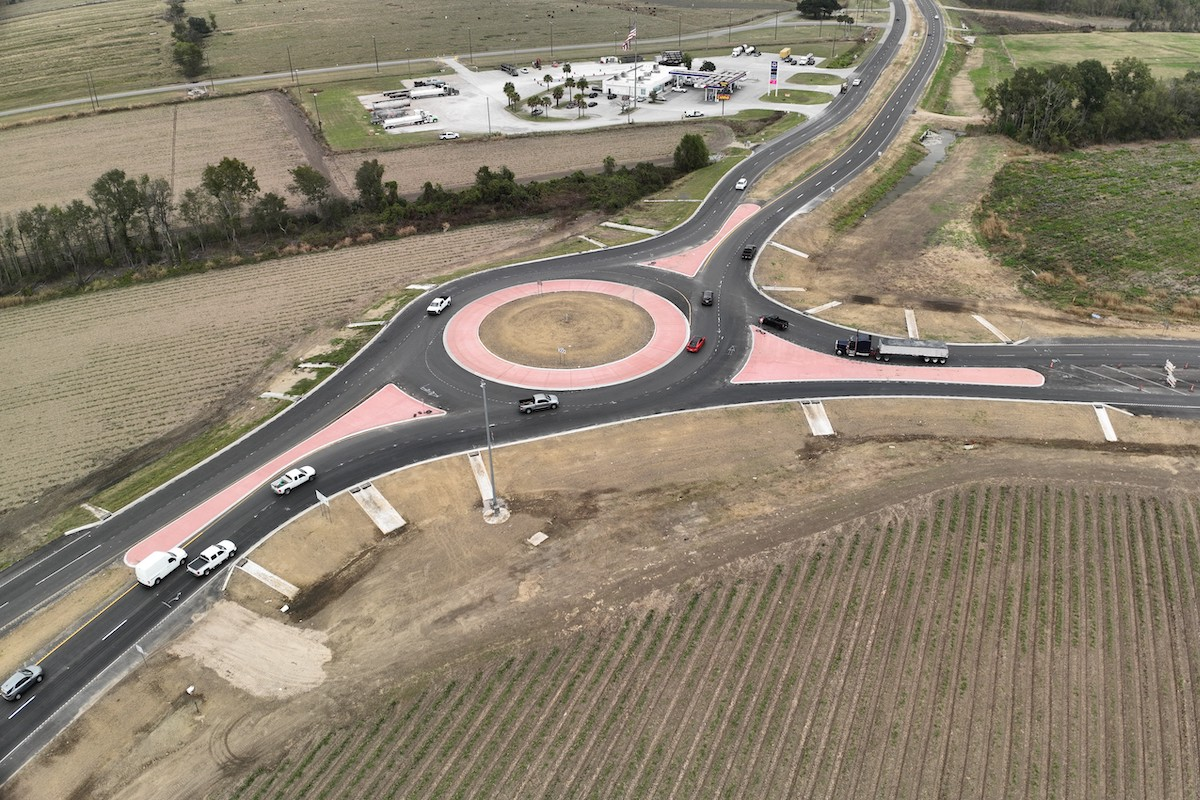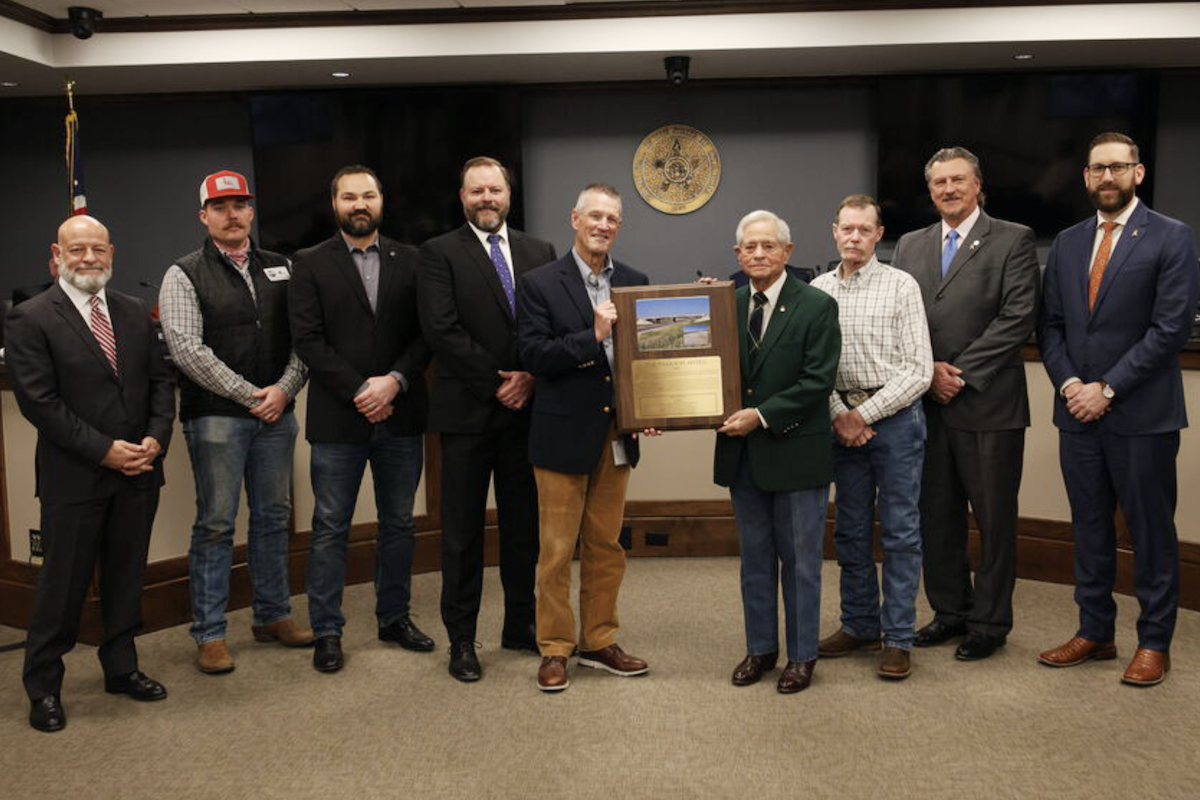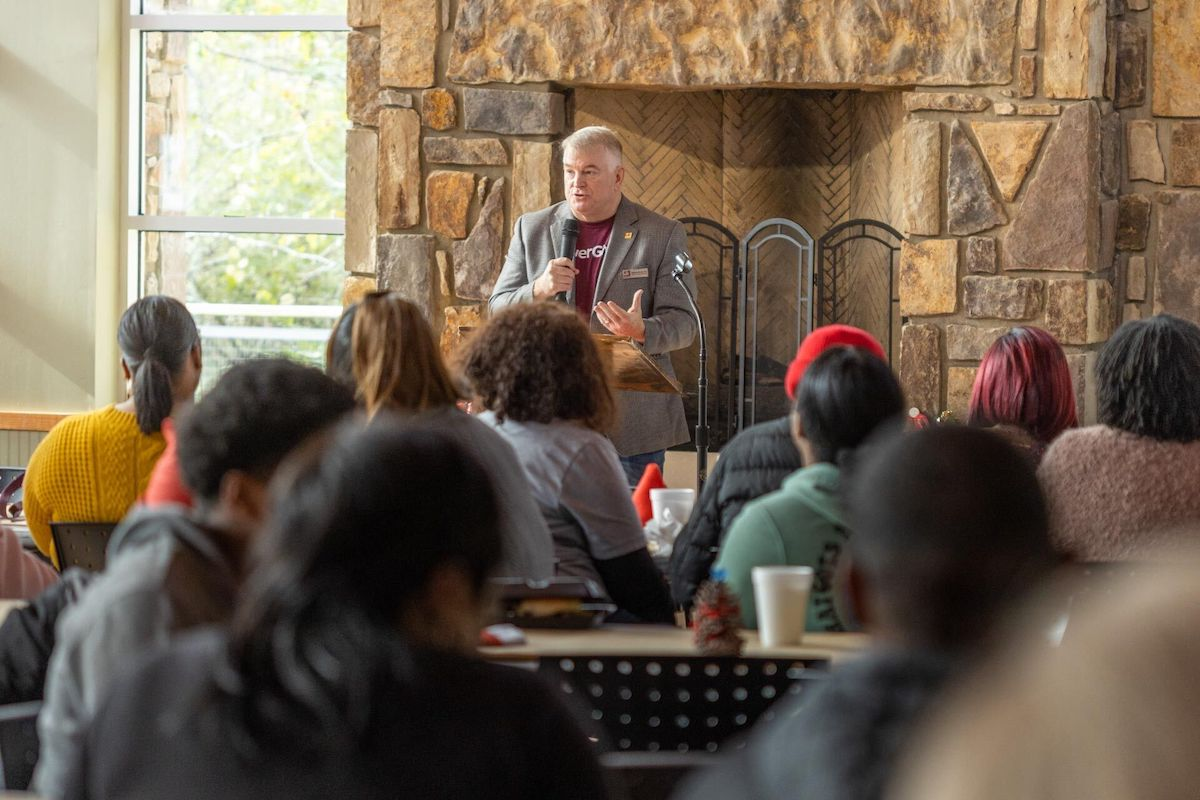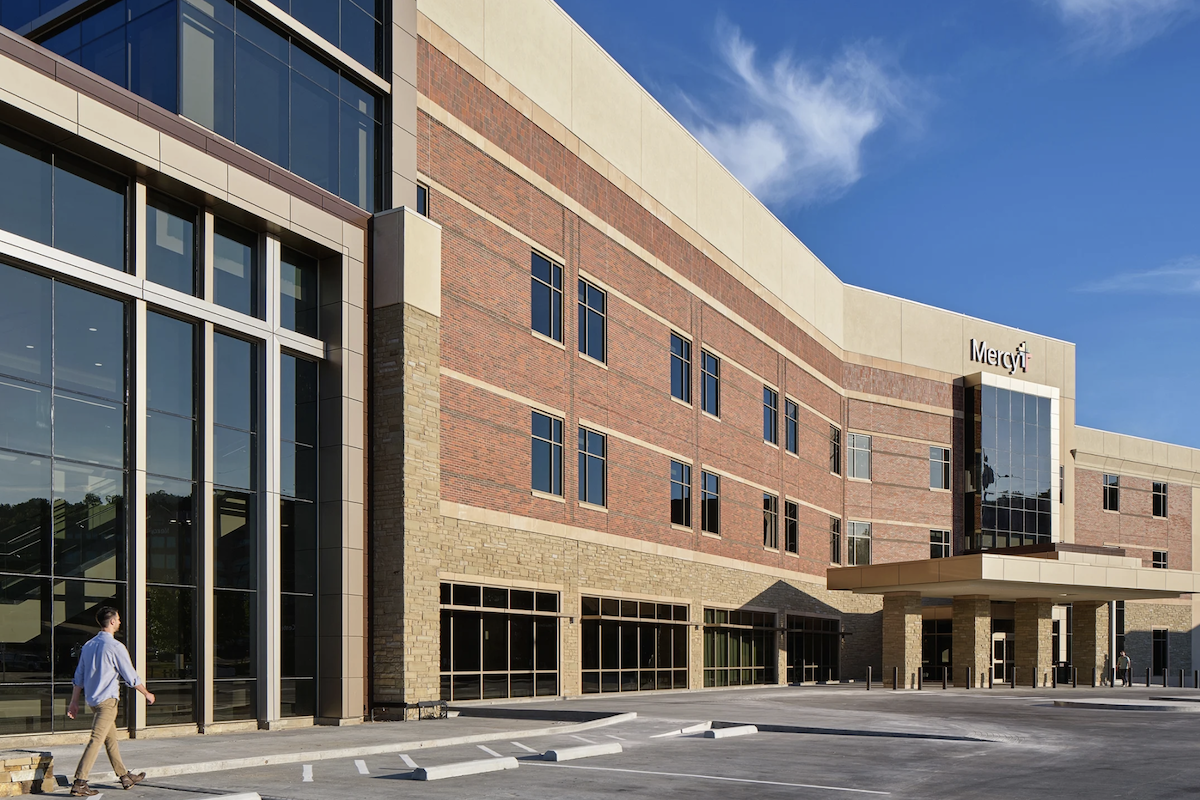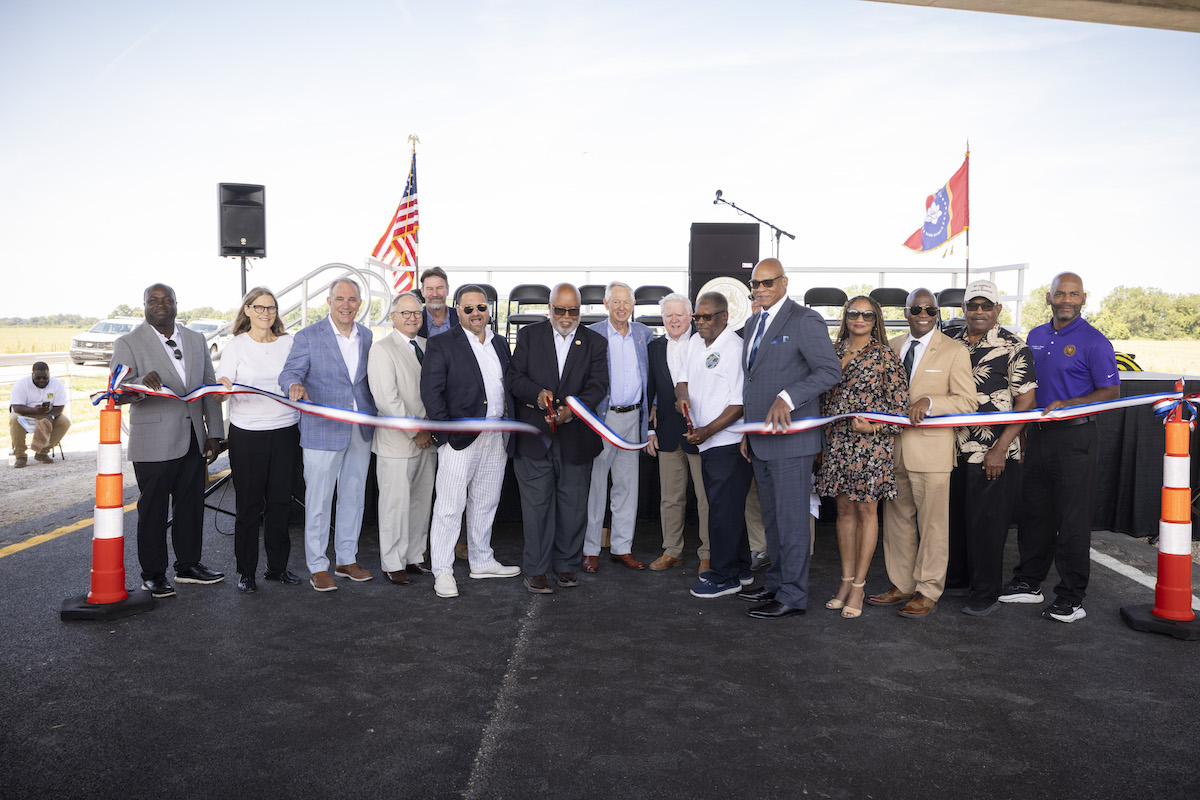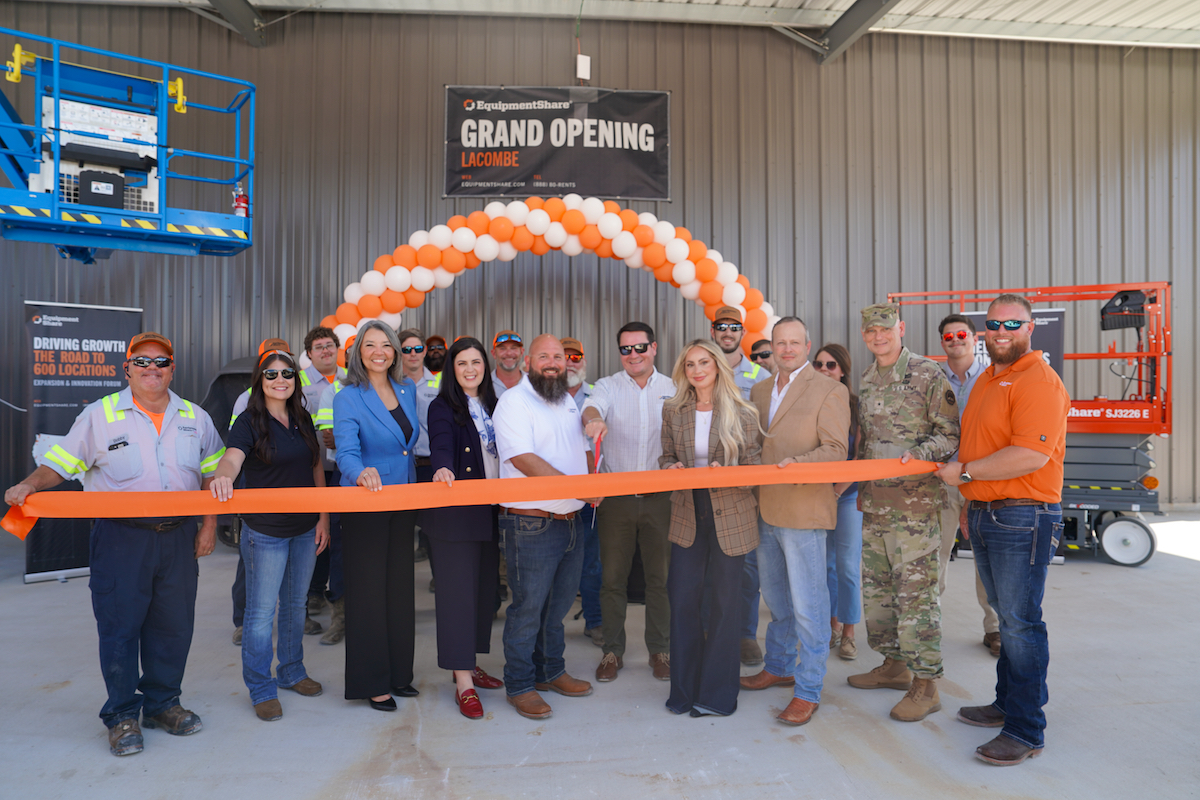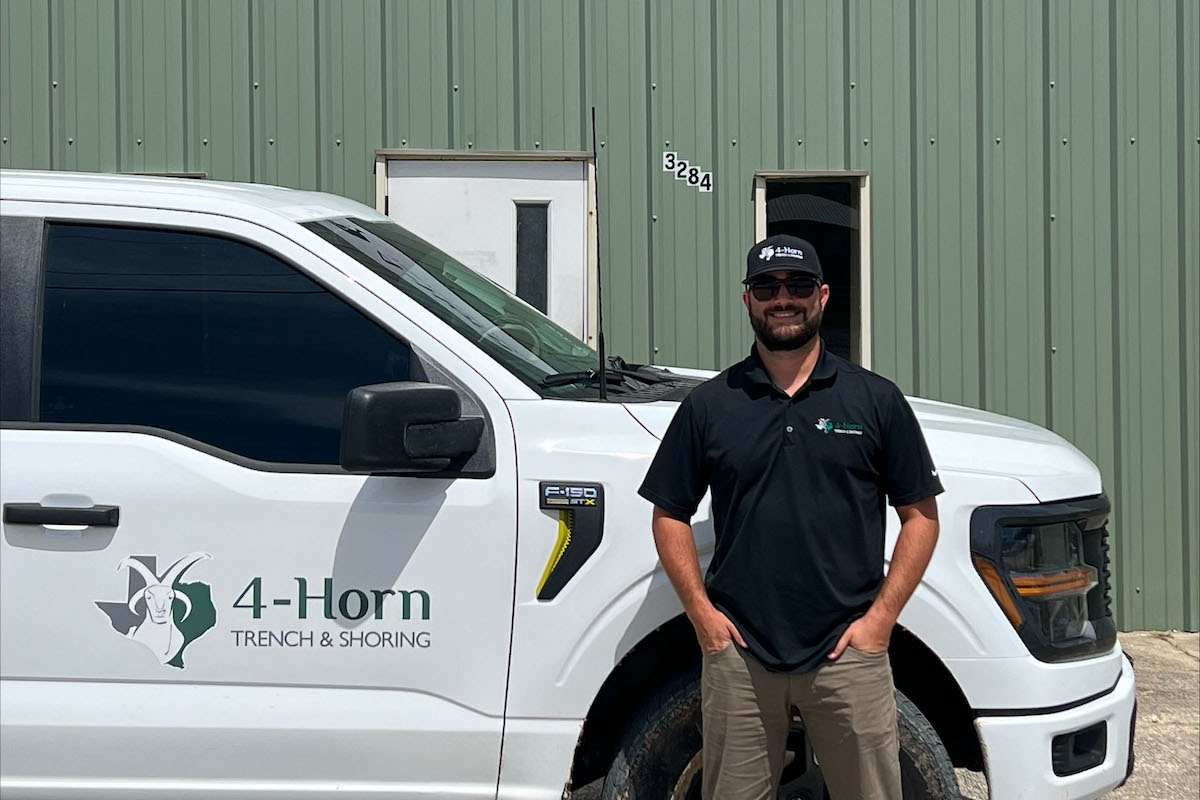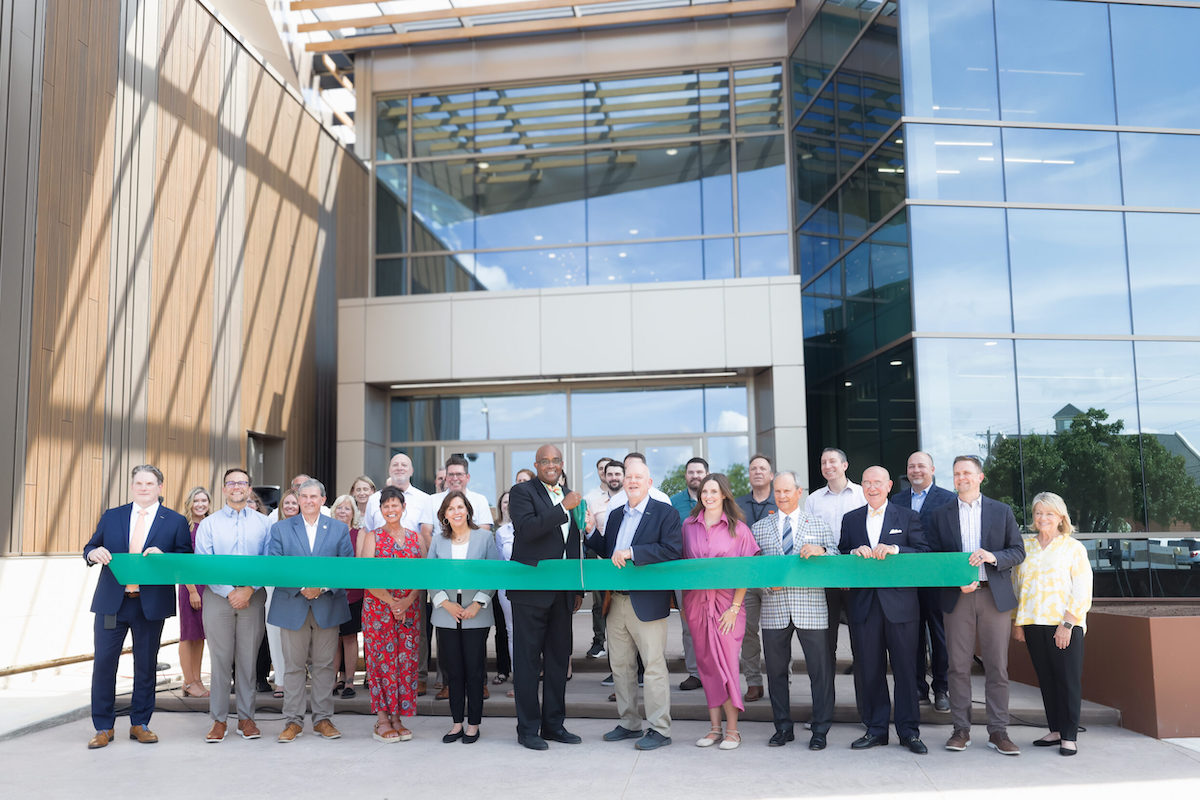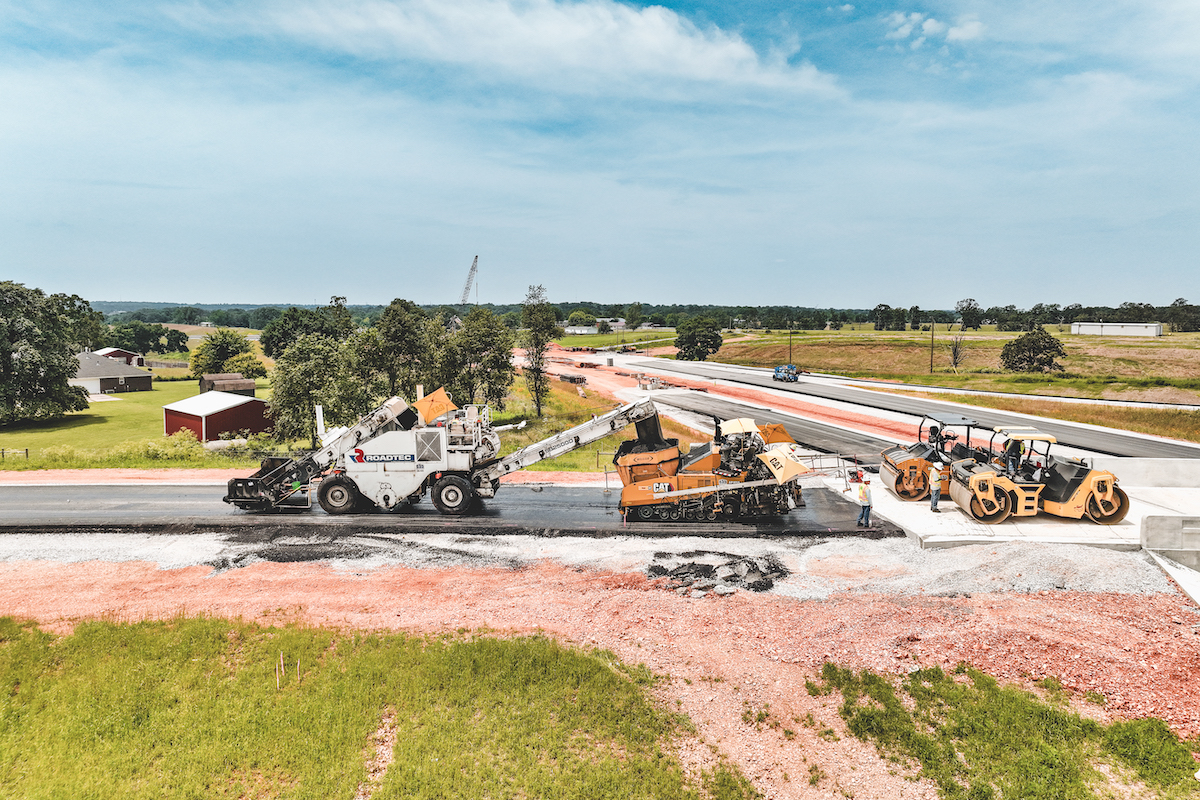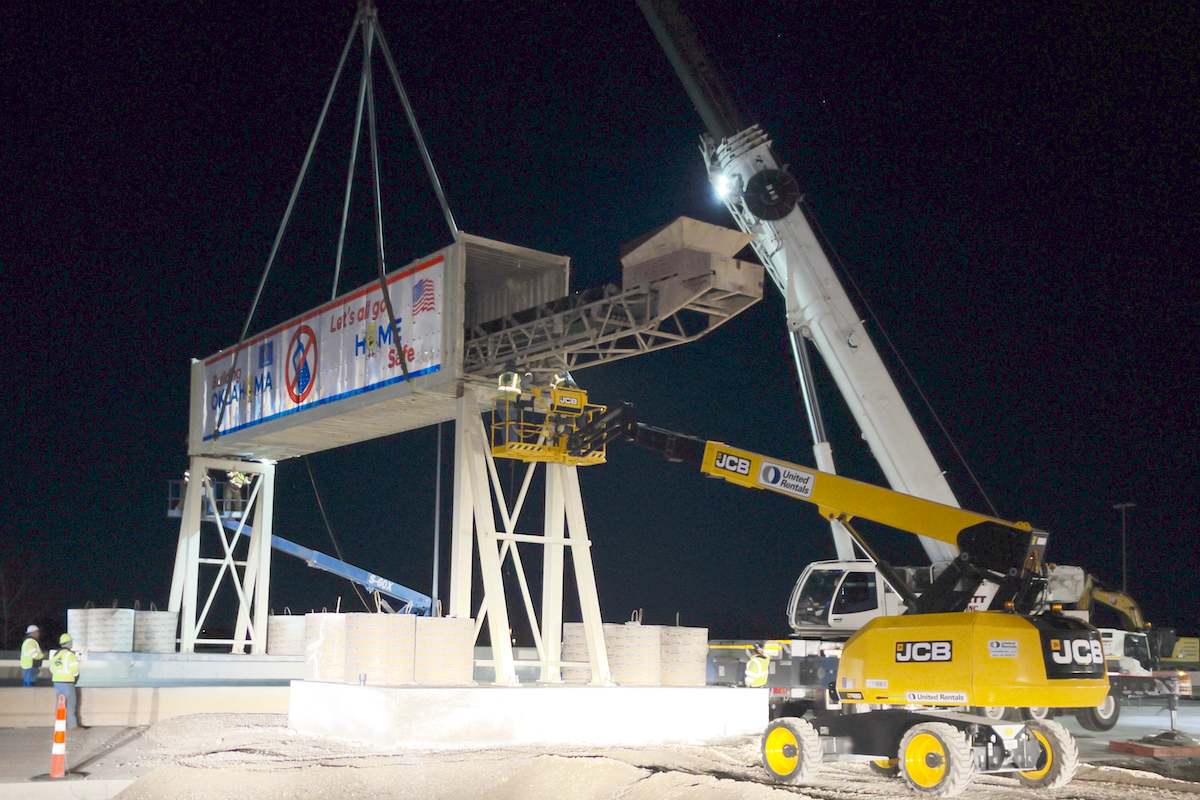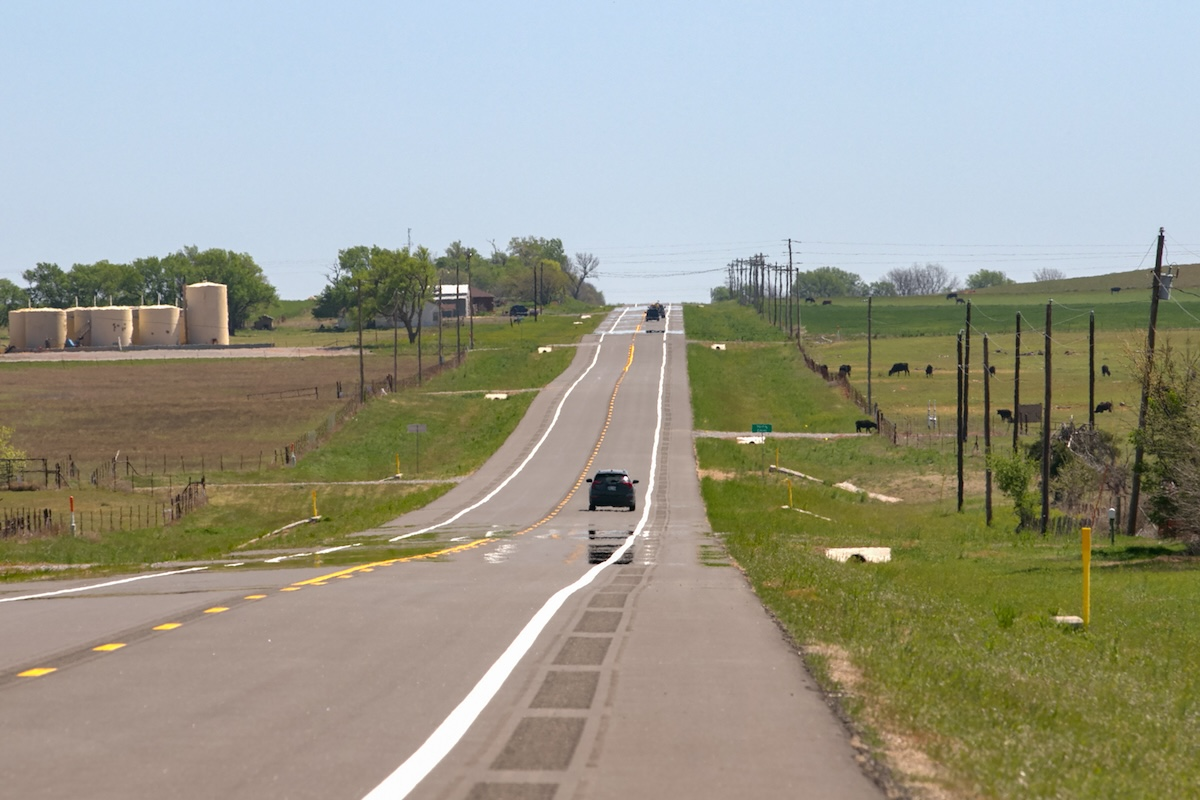“A disproportionate share of traffic crashes occurs on rural roads due to a lack of shoulders and outdated infrastructure, often resulting in severe injuries and loss of life,” said Deputy Transportation Secretary Polly Trottenberg. “This project will invest $45 million to improve and update rural roads, making travel safer for communities across Oklahoma.”
In Oklahoma, 38% of serious and fatal crashes occur on rural roads with no shoulders. The Rural Two-Lane Advancement and Management Plan (RAAMP) Phase 2 Project will enhance 29 miles of rural roads by adding eight-foot shoulders, rehabilitating and resurfacing roads, and extending and widening bridges. The projects are in Atoka, Cherokee, Grady, Lincoln, Major, Pottawatomie, and Washita counties in Oklahoma.
The use of the TIFIA loan in Oklahoma results in significant cost savings and safety benefits through accelerated project delivery. An independent analysis conducted by the Build America Center at the University of Maryland reveals that the shoulder improvement program, which traditionally would take 12 years to complete, will be shortened to just three years. This expedited delivery made possible by the TIFIA loan will yield substantial advantages, including a $44 million reduction in crash costs over a 10-year period and a reduction of $29 million in project costs.
“The department has eagerly pursued Rural TIFIA loans as they provide an additional financial vehicle necessary to drive safety improvements such as the RAAMP program, while also helping limit the effects of inflation,” said Oklahoma Secretary of Transportation Tim Gatz. “This loan benefits projects in seven counties, but the impact will be more widespread as additional needed projects will now advance in our construction plan. ... This program, strongly supported by Oklahoma Governor Kevin Stitt, helps us deliver on our promise to improve conditions in rural areas.”












